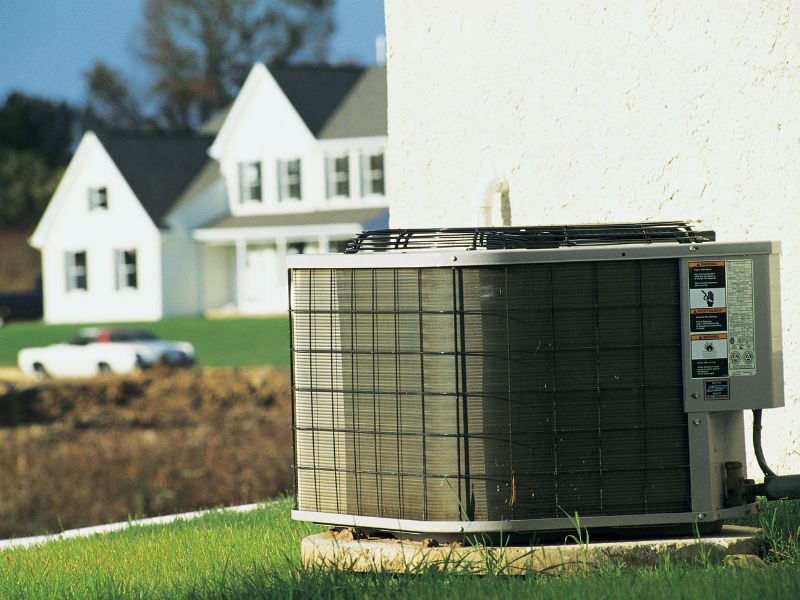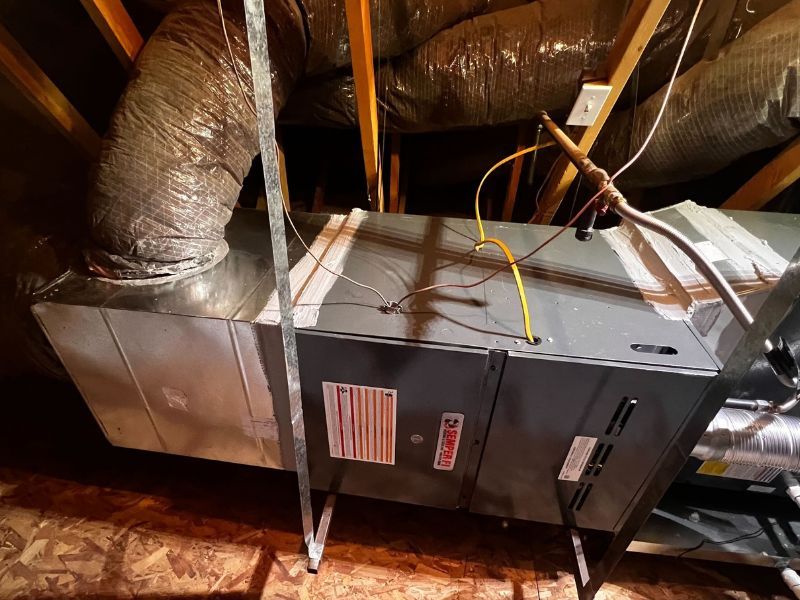What Is A Heat Load?
A heat load refers to the amount of heat that needs to be added or removed from a space in order to maintain a desired temperature. It is essentially the heat energy that needs to be managed by the HVAC system to achieve a comfortable and controlled indoor environment.
There are two primary types of heat loads: Sensible Heat Load and Latent Heat Load. Both sensible and latent heat loads are crucial for designing and sizing HVAC systems appropriately. Oversizing or undersizing an HVAC system based on inaccurate heat load calculations can lead to inefficiencies, discomfort, and increased energy consumption.
People Also Ask About Head Loads
What Is A Sensible Heat Load?
Sensible heat refers to the heat that causes a change in temperature without any change in moisture content. It’s the heat that you can feel and measure with a thermometer. Sensible heat load calculations consider factors such as the temperature difference between the desired indoor temperature and the outdoor temperature, the size of the space, the number of occupants, and heat-generating equipment like computers, lights, and appliances.
What Is Latent Heat Load?
Latent heat refers to the heat energy associated with the change of state of a substance, such as the heat absorbed or released during the process of evaporation or condensation of moisture. Latent heat load calculations involve considering factors like humidity levels, moisture generation from occupants, plants, and activities like cooking and bathing.
What factors contribute to the heat load in a building?
Understanding the various factors that contribute to the heat load is crucial for HVAC design. This question aims to address the different elements that impact heat loads, including outdoor temperature, indoor temperature requirements, building size, occupancy levels, lighting, equipment, appliances, and ventilation rates.
HVAC System Cost & HVAC Reviews
Related Pages
Categories


